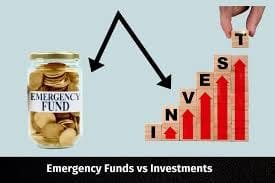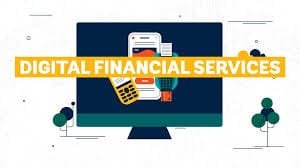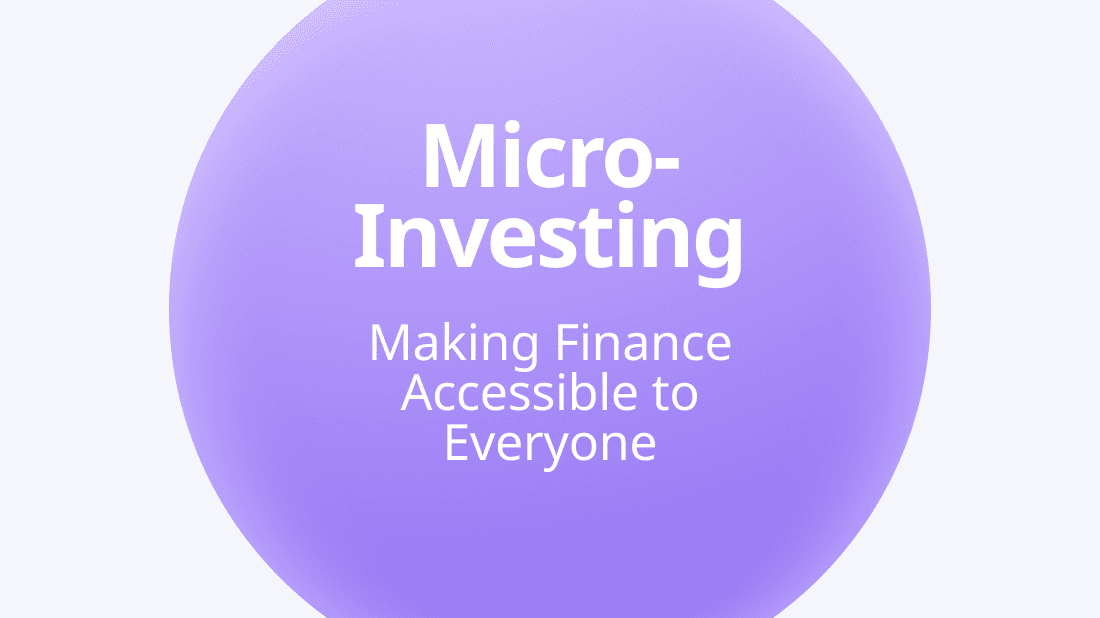Adulting 101—The Money Dilemma
Picture this: You’ve just landed your first job, you’re finally making money, and you’re ready to start building your financial future. You hear people shouting from all directions, “Invest now! Time is money!” and at the same time, “You need an emergency fund first! What if your fridge explodes?!”
Welcome to the dilemma: Emergency Fund vs. Investment Fund — which one comes first?
What is an Emergency Fund?
An emergency fund is like that one reliable friend who always shows up when things go sideways. It’s your safety net—cash you keep aside in case of life’s “oopsies”: medical bills, job loss, a broken laptop, or a flat tire.
Key Features of an Emergency Fund:
- Easily accessible (Think: high-yield savings, not Bitcoin)
- Covers 3 to 6 months of essential expenses
- Keeps you from going into debt when life throws curveballs
Imagine you’re driving down Life Avenue and a financial pothole appears. Your emergency fund is your seatbelt. Without it, you’re flying through the windshield into credit card debt.
What is an Investment Fund?
On the flip side, an investment fund is all about growth. It’s money you put to work in stocks, crypto, ETFs, mutual funds, or real estate, to build long-term wealth.
Key Features of an Investment Fund:
- Not easily accessible (intentionally!)
- Involves market risk, but higher returns over time
- Ideal for long-term goals like retirement, buying a home, or FIRE (Financial Independence Retire Early)
Your investment fund is like planting a money tree. It’ll take time to grow, and you don’t want to dig it up just because your car battery died.
Why Emergency Fund Should Come First
Yes, investing is essential. But here’s the tea: without an emergency fund, your investments might become your emergency fund—and that’s a messy breakup waiting to happen.
Reasons to Prioritize Emergency Funds:
- Liquidity: Need cash now? Savings come through. Stocks? Maybe not.
- Mental Peace: Knowing you’re covered = better decisions.
- Avoid Bad Debt: Credit cards love emergencies. Don’t give them the satisfaction.
Example:
You invest your spare $2,000 in the stock market. A month later, you lose your job. Now you’re selling your investments at a loss, stressed, and eating noodles for a month. Not cute.
Golden Rule: Emergency fund = foundation. Investments = the skyscraper.
When Can You Start Investing?
The moment your emergency fund has enough padding (3–6 months of basic expenses), you’re ready to get spicy with investing.
Steps:
- Calculate your monthly essentials (rent, food, bills, transportation)
- Multiply by 3 to 6
- Save that much in a high-yield savings account.
- Now go invest like a legend.
Bonus Tip: If your job is super stable or you have other safety nets (like family), you might get away with 3 months instead of 6.
Can You Do Both At Once?
Yes, but only if you’re strategic.
Balanced Plan for Beginners:
- 70% of savings toward emergency fund
- 30% toward low-risk investments (index funds, etc.)
- As your emergency fund reaches full status, shift focus to investing.
The Snowball Method (Not Just for Debt):
- Focus on one goal (emergency fund)
- Once built, redirect all that saved energy into investing
. - Watch that money snowball—for real.
Example:
You earn $2,000/month and save 20% ($400). Put $300 into the emergency fund and $100 into a robo-advisor. Once your fund is stacked, go 100% into investments.
Where Should You Keep These Funds?
- Emergency Fund: High-yield savings account, money market account, digital wallets (for quick access)
- Investment Fund: Index funds, ETFs, IRAs, brokerage accounts, crypto (if you’re bold)
Reminder: Keep them in separate accounts to avoid temptation.
Common Mistakes to Avoid
- Skipping emergency funds completely: Major red flag
- Keeping emergency money in stocks: The Market goes down, stress goes up.
- Over-saving and not investing: Inflation eats idle money.
- Dipping into emergency funds for wants, not needs
Rule of Thumb: Emergency fund = for “Oh no!” moments. Investment fund = for “Heck yes!” goals.
Real-Life Scenarios
Case 1: Ethan the Tech Bro
- Salary: $5,000/month
- Emergency fund target: $15,000
- Achieved in 10 months
- Then, I started investing in tech ETFs and crypto.
- Result: Lost 20% in crypto but stayed chill because emergency fund = solid
Case 2: Ada the Creative Freelancer
- Income: $2,500/month (varies)
- Emergency fund goal: 6 months x $1,500 = $9,000
- Reached in 12 months
- Started investing with a robo-advisor + savings bonds
Lesson: Life’s unpredictable. But with both funds? You’re protected and growing.
Choose Peace AND Prosperity
At the end of the day, financial freedom is about building a system where your money works for you—and not the other way around. That means:
- Start with the emergency fund: stability is sexy
- Build the investment fund: let compound interest be your sugar daddy.
Don’t let FOMO or hustle culture guilt you into skipping steps. You’ve got this. Protect your neck (and your net worth).
Recommended Tools:
- High-Yield Savings: SoFi, Ally, Marcus
- Investing: Fidelity, Vanguard, Robinhood (for risk takers), Betterment
- Budgeting: YNAB, Mint, or old-school Google Sheets
Adulting isn’t about being perfect with money. It’s about being prepared and proactive. Emergency fund first. Investments next. Freedom forever.
Now go forth and build the bag.








